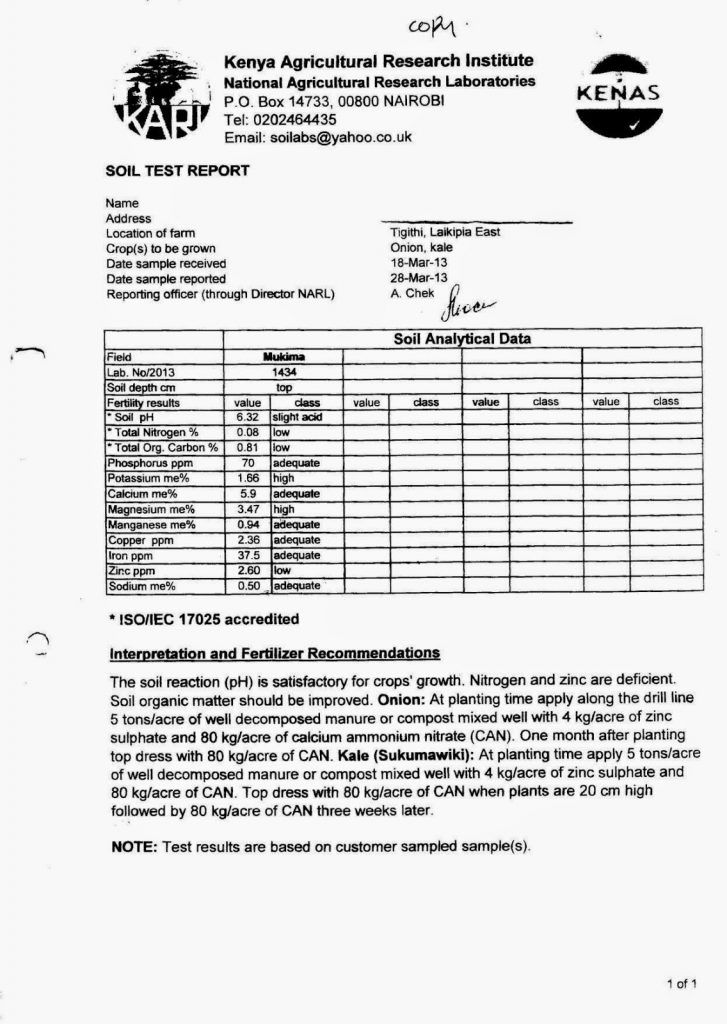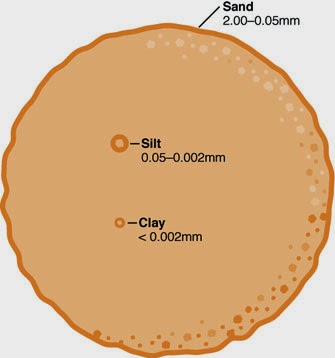Hello there! How are you?
I meant to write sooner, but things got in the way. By things I mean my day job… Not that I’m complaining (just in case my boss reads this).
In my last post I talked about the new direction we took in developing our farm. This post continues in that trajectory, and today we’ll be taking about SOIL! Talking about the components, importance, and, the benefits of GOOD soil would take an entire book and then some, so I’ll try to keep it brief.
In a nutshell, soil is composed of:
- Three primary particles- sand, clay, silt;
- Mineral components- that come from rocks;
- Organic matter which is the remains of dead plants and animals;
- Air, and, water.
After the elements have combined they arrange themselves to form the soil structure– which affects air and water movement through the soil, thus influencing the soils ability to sustain life and perform other functions like support buildings, build roads etc.
The soil texture is the ratio of the different particles of soil and, in my opinion the most important thing for any farmer to know regarding her/his soil. The soil texture tells you what ratio of clay/sand/silt/organic components/minerals you have in your soil thus giving you an idea of what your soil can support, and, what you need to add to it to improve its functionality.
Knowing how much sand/silt/clay you have in your soil is really important. If you have too much sand in your soil farming may not be the best option-perhaps you could add more organic matter to and clay to improve it. Then again, having too much clay is not good either because you will end up with water logged soils and half-dead plants 🙁
So how do you know what really lies beneath? …Easy… test it! In Kenya, the Kenya Agricultural and Research Organisation (KALRO) formerly and dearly known by many as KARI offers this service (and many other services) to budding farmers like you. All you have to do is get a soil sample and send it off to them for analysis. Now, the hard part… how to get a soil sample… Here are a few easy steps to follow:
*Tools you will need: A shovel, clean plastic bags, masking tape and a marker pen to label the plastic bags. *
- Make sure the soil to be sampled is as uniform as possible- i.e. make sure it kind of looks the same. Don’t mix gravel and red soil and call it one and the same.
- The sample area should be an area where you expect to grow the same thing i.e. if you plan on growing maize and strawberries in different areas of the farm, collect samples for the different things you plan on growing. Or, clearly state what kind of crops you plan on growing in the form you will submit along with your samples.
- Collect samples from various places in your farm to get a good representation of your soil. To make it easier walk in a zigzag pattern as you collect samples.
- When you are collecting soil, push the shovel at an angle to a depth of 10 inches, do that on the opposite side to make a triangle.
- Collect the soil (about 125g-one big palm/ two small palms) and place it in labelled sealable plastic bags. For more information please check here, here and here.
- Do not include roots and other plant material in the sample.
Once you have done this you can send your sample to the KALRO office, or, your local Ministry of Agriculture extension officer can assist you on how to get it to the KALRO or any government testing offices. If you don’t want to go that route, there are private companies like AgriQ-quest that offer independent soil sampling services.
When we did our soil sampling we did it through KALRO-then it was known as KARI. This was the result for one of our samples.

I hope you enjoyed this post, and, you found it useful.
See you next time!
The Kenyan Farmer
FYI: Sand is the largest particle found in soils. Sand particles have the largest air spaces, thus water can drain very easily.Clay is the smallest particle found in soil with very very small spaces between particles. Air and water do not easily pass through clay.Silt particles are bigger than sand, but, bigger than clay. This is usually the median between clay and sand. Water has the ability to drain through, but not as fast as it would in sandy soils and not as slow as clay soils.
To give you an idea the diagram below shows you the sizes of particles relative to each other.

Image found here.
